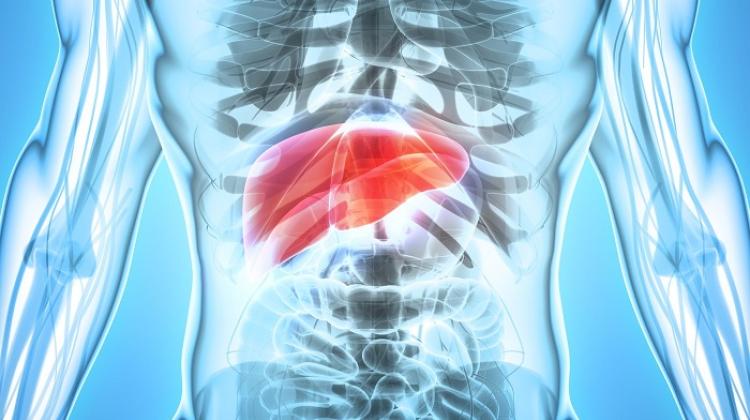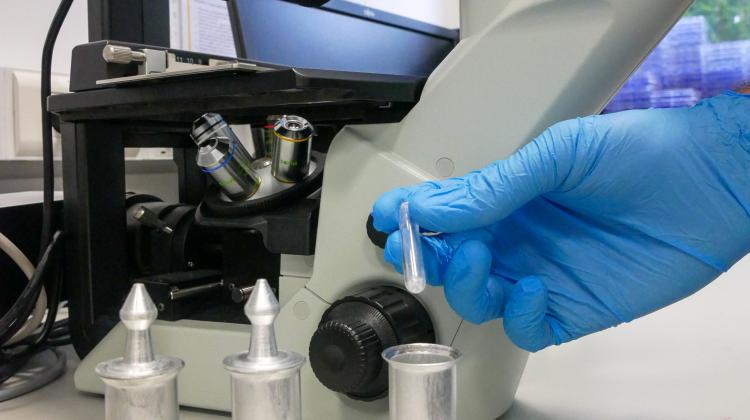University of Gdańsk virologists working on new vaccine to protect liver
 Credit: Fotolia
Credit: Fotolia
Virologists from the Institute of Biotechnology at the University of Gdańsk are working on a new vaccine against hepatitis B and C viruses, based on virus-like particles.
According to the specialists there are approximately 2 million hepatitis B infections per year. In about 80 percent of patients, the infection progresses to a chronic form, which may not produce any specific symptoms for years. In 20 percent of cases, the chronic form of the disease leads to severe liver damage, cirrhosis and cancer.
Dr. Katarzyna Grzyb from the Department of Molecular Biology of Viruses at the Institute of Biotechnology at the University of Gdańsk said: “One of the ways to induce an immune response against single protein fragments is their exposure on the surface of virus-like particles. Virus-like particles are currently of great interest because they are very similar to viruses, hence their high immunogenicity. However, they are not viruses, because they do not contain the genetic material of the virus, and therefore they cannot multiply.”
Such vaccines are therefore safer than those based on modified or inactivated viruses.
Dr. Grzyb added: “The protein that can form virus-like particles is the small hepatitis B surface protein (sHBsAg). Due to its ability to form highly immunogenic virus-like particles, the sHBsAg protein is currently used in available HBV vaccines. Moreover, due to their high immunogenic potential, sHBsAg particles can be used as carriers exposing antigens of other human pathogens.”
In their invention, the scientists used highly conserved HCV virus proteins, which they combined with virus-like particles based on the sHBsAg protein (from the hepatitis B virus). The fact that the protein is highly conserved means that it changes the least as a result of mutation, so it is difficult for viruses to develop resistance against such preparations. Such structures allow to induce immunity against both HBV and HCV.
Project leader Anna Czarnota said: “In the future, our solution could be used as an effective new-generation vaccine protecting against infection with these dangerous pathogens.
“Chimeric virus-like particles exposing HCV antigenic sequences for use in the preventive treatment of HCV and/or HBV infection'.
The Researchers, who include professor Krystyna Bieńkowska-Szewczyk, have already obtained a patent for the invention which was created as part of the National Science Centre project.
Find out more on the website.
mat/ zan/ kap/
tr. RL
Przed dodaniem komentarza prosimy o zapoznanie z Regulaminem forum serwisu Nauka w Polsce.


















